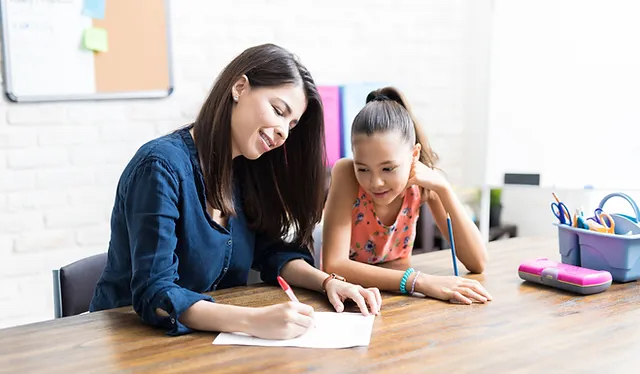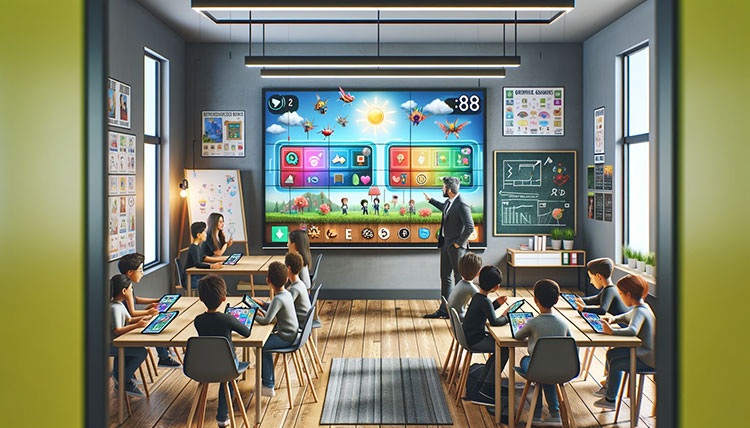In the ever-so-important world of education, where classrooms are becoming larger and more diverse, students often find themselves struggling to keep up with the pace of learning. In such a scenario, the significance of in-home tutoring cannot be overstated. This personalized approach to education brings the classroom to the comfort of the student’s home, fostering an environment conducive to effective learning and academic success.
The Rise of In-Home Tutoring
In recent years, the demand for in-home tutoring in Ontario has witnessed a significant surge, and for good reason. Traditional classroom settings may not always cater to the individual needs of every student. In-home tutoring provides a solution by tailoring the learning experience to the unique strengths and weaknesses of the student. This type of individualized learning environment can address students’ exact challenges and questions immediately.
5 Advantages of In-Home Tutoring in Toronto & Beyond
1) Personalized Attention for Each Student
In a classroom filled with students, it’s challenging for teachers to address each student’s individual needs. In-home tutoring provided by The Tutoring Expert offers personalized attention, enabling our tutors to identify and focus on the specific areas where a student needs improvement. This one-on-one interaction builds a strong student-tutor relationship, fostering trust and confidence. Since every student learns differently, why should they all be taught in the same way?
2) Flexible Learning Environment
The comfort of one’s home provides a relaxed and familiar setting for learning. This environment helps reduce anxiety and stress often associated with academic challenges, allowing students to approach their studies with a positive mindset. Additionally, the flexibility of scheduling in-home tutoring sessions accommodates the student’s routine, making it convenient for both the learner and the tutor.
3) Customized Course & Subject Curriculum
In-person tutoring allows for the customization of the curriculum based on the student’s learning style, pace, and preferences. Tutors can adapt teaching methods, materials, and resources to match the student’s unique requirements, ensuring a more effective and enjoyable learning experience. Our in-home tutors have access to Ontario course curriculums, subject material, practice questions, sample tests, and additional resources.
4) Improved Academic Performance
Studies have consistently shown that students who receive in-home tutoring tend to perform better academically. This is true for all elementary and high school students in Toronto and the GTA. The tailored approach addresses gaps in understanding, reinforces foundational concepts, and provides additional support, leading to improved grades and overall academic success. This advantage compared to their peers, lets students get ahead and have a better chance of acceptance into University programs.
5) Enhanced Confidence and Motivation
Success in academics is closely tied to a student’s confidence and motivation. In-person tutoring provides a safe space for students to ask questions, seek clarification, and engage in active discussions without the fear of judgment. This nurturing environment boosts confidence and motivates students to take ownership of their learning journey.
Conclusion
In-home tutoring is more than just a trend; it’s a transformative approach to education that puts the student at the center of the learning experience. The tailored guidance, personalized attention, and flexibility offered by in-home tutoring not only bridge academic gaps but also instill a lifelong love for learning. As we navigate the evolving landscape of education, the importance of in-home tutoring shines as a beacon of academic empowerment and individual success.
The Tutoring Expert focuses on providing the best in-home tutoring in Toronto, Mississauga, Markham, Richmond Hill, Oakville, and beyond. Our team of experienced tutors are available for in home math tutoring, in home tutoring for English, and all other subjects.



